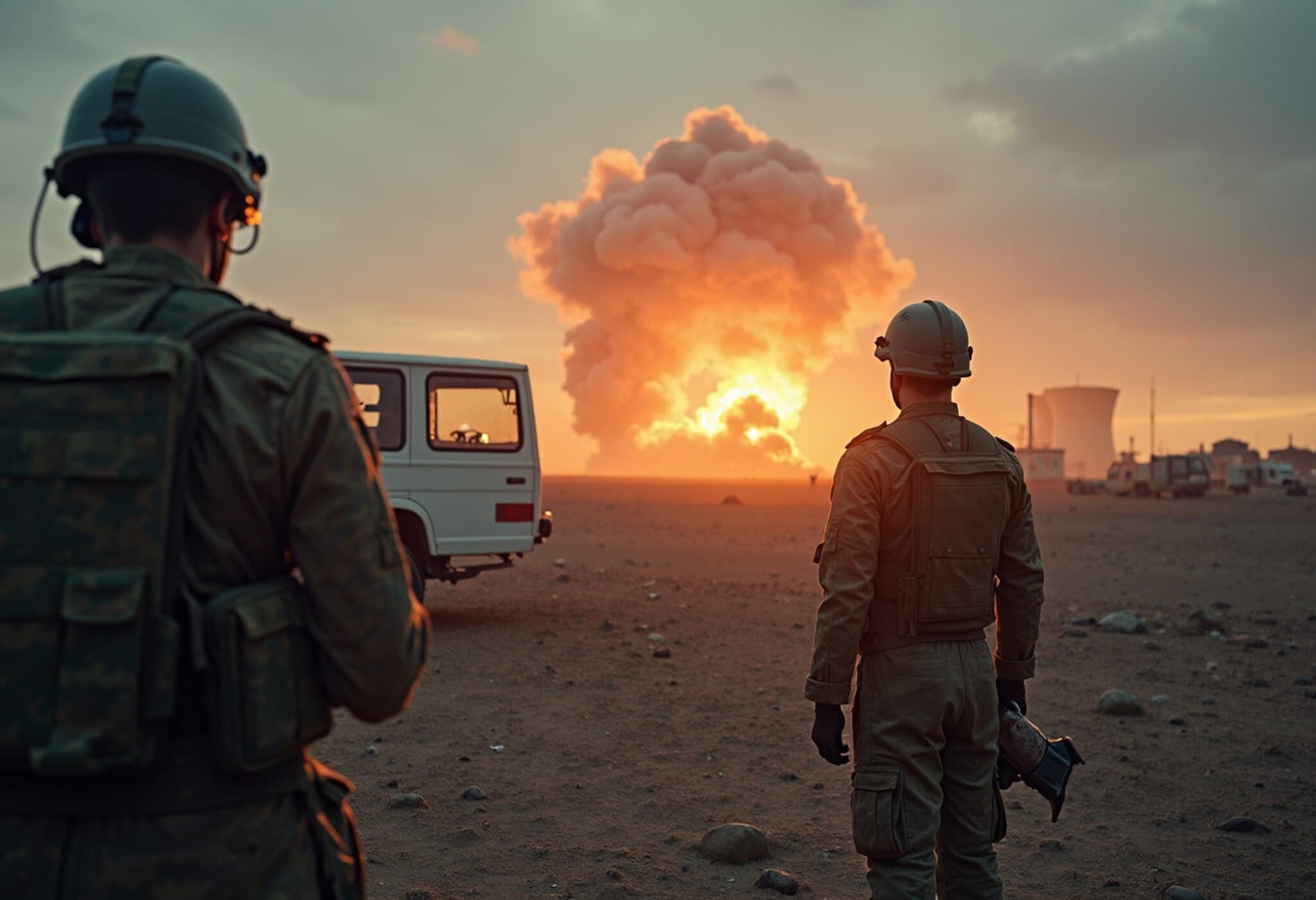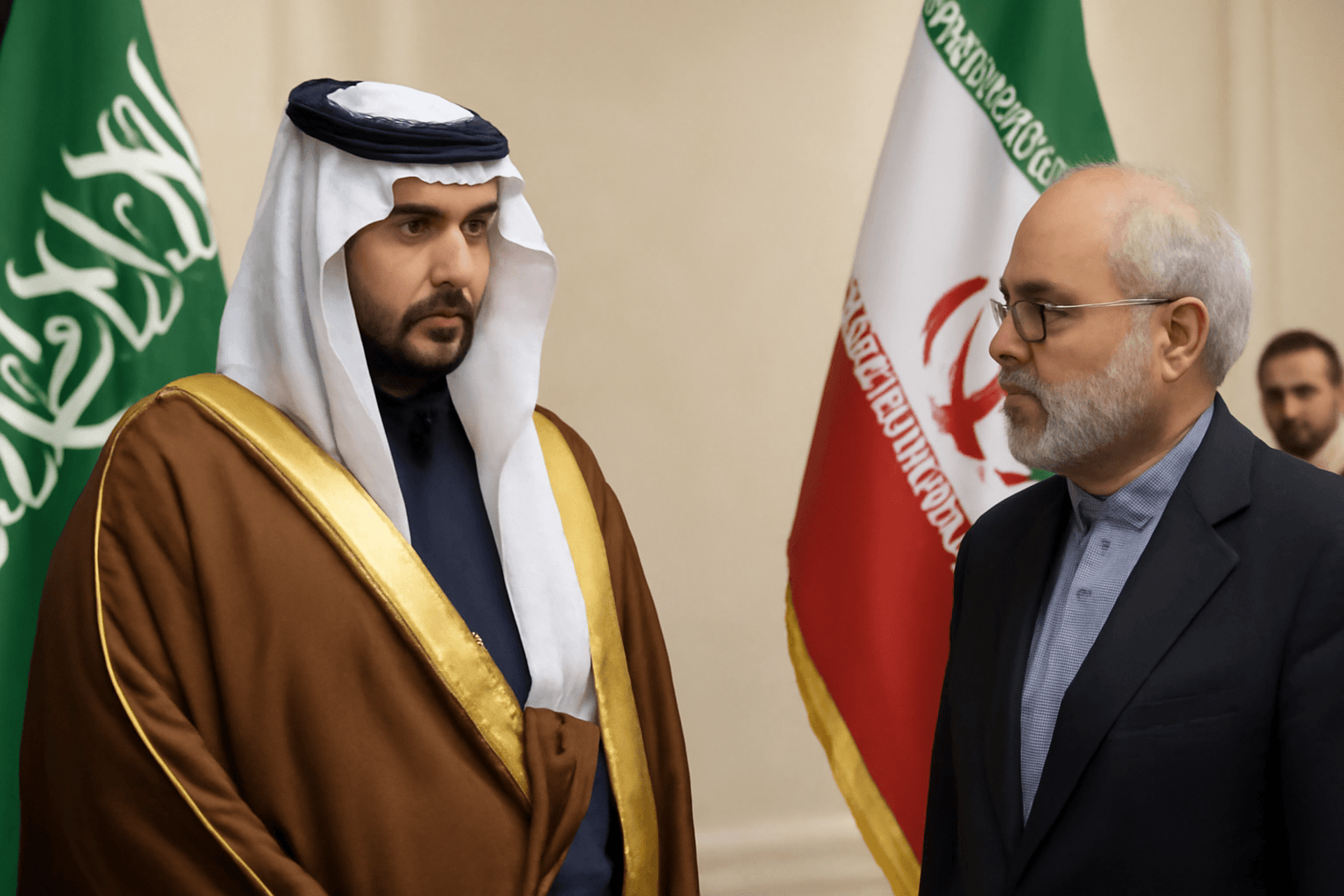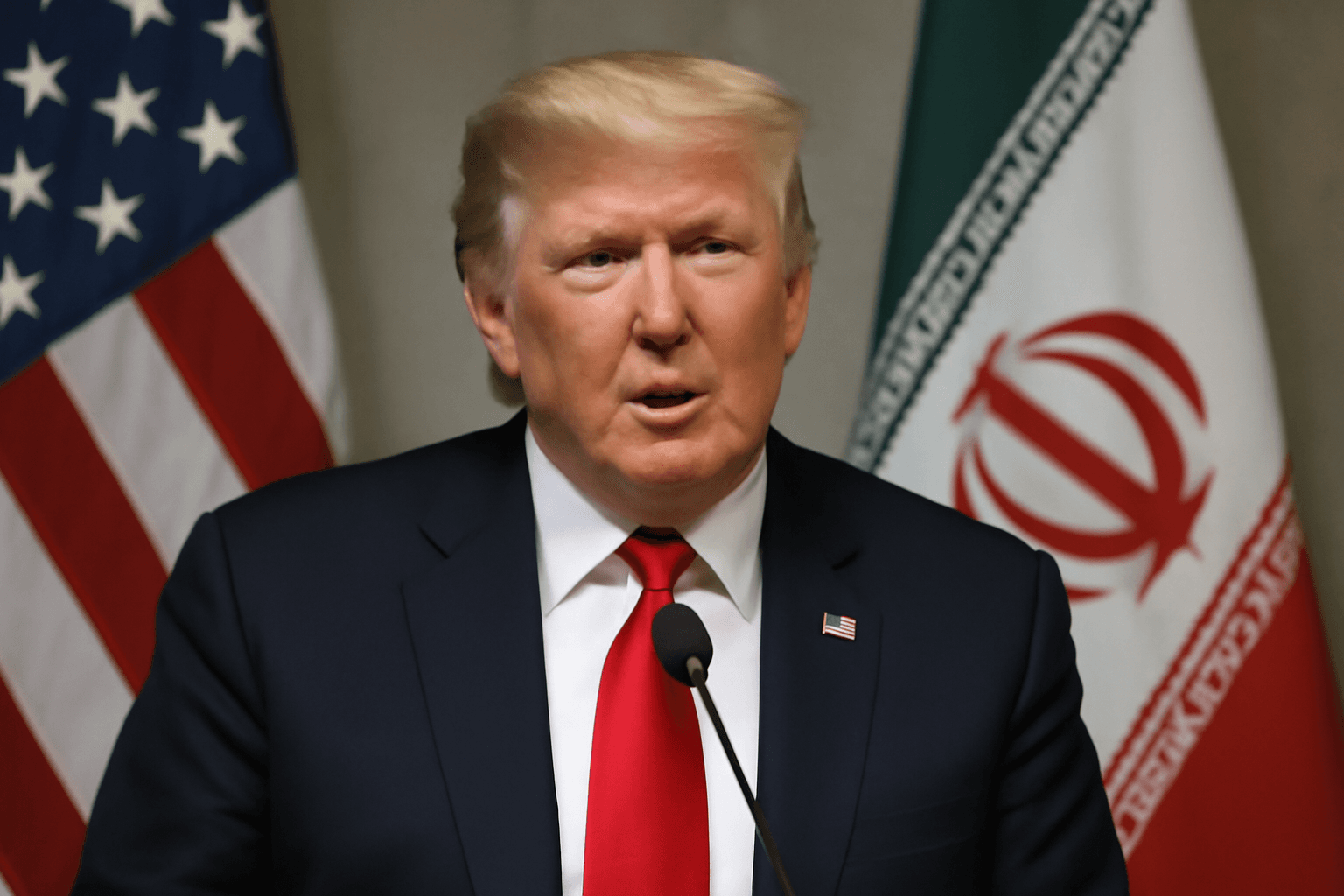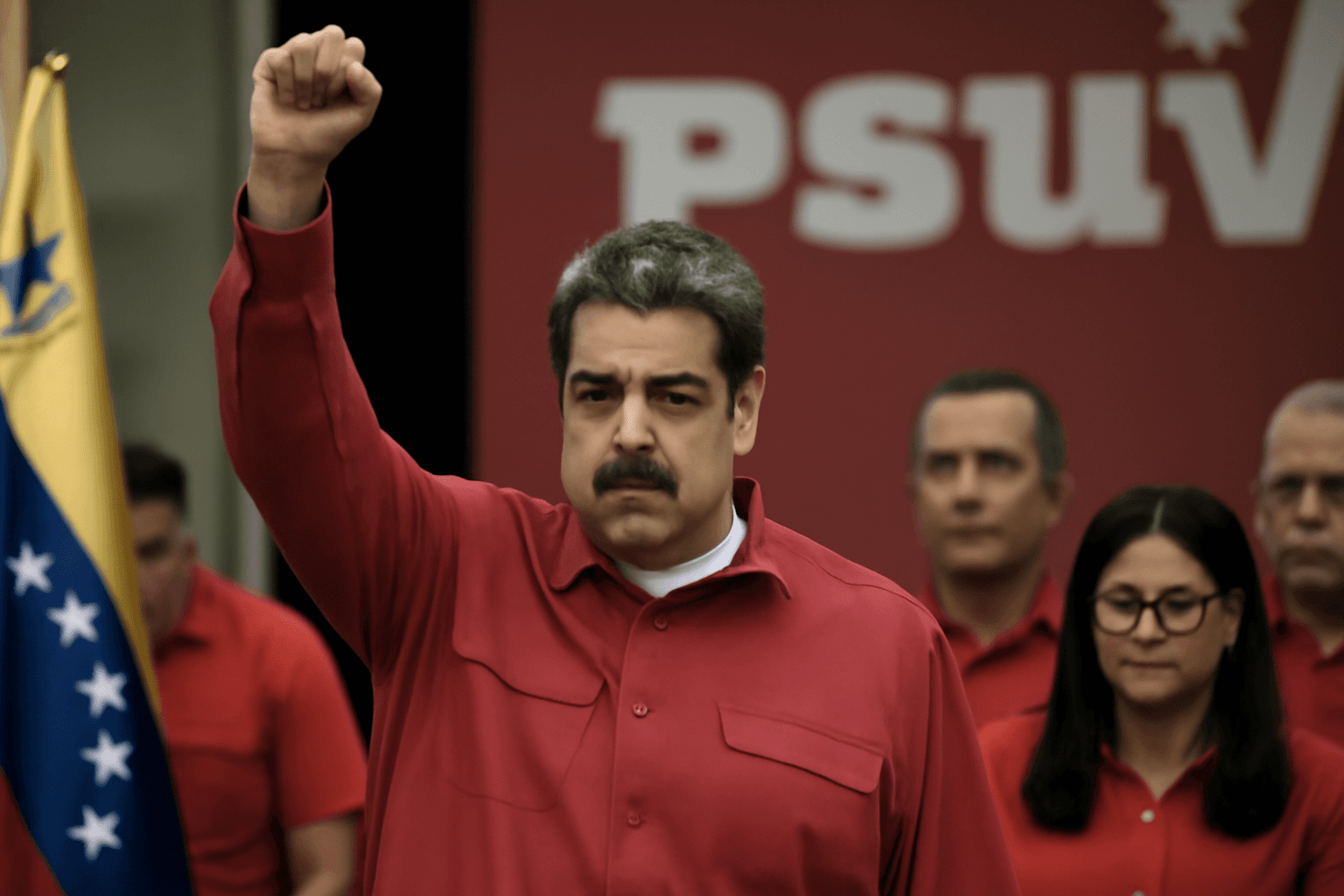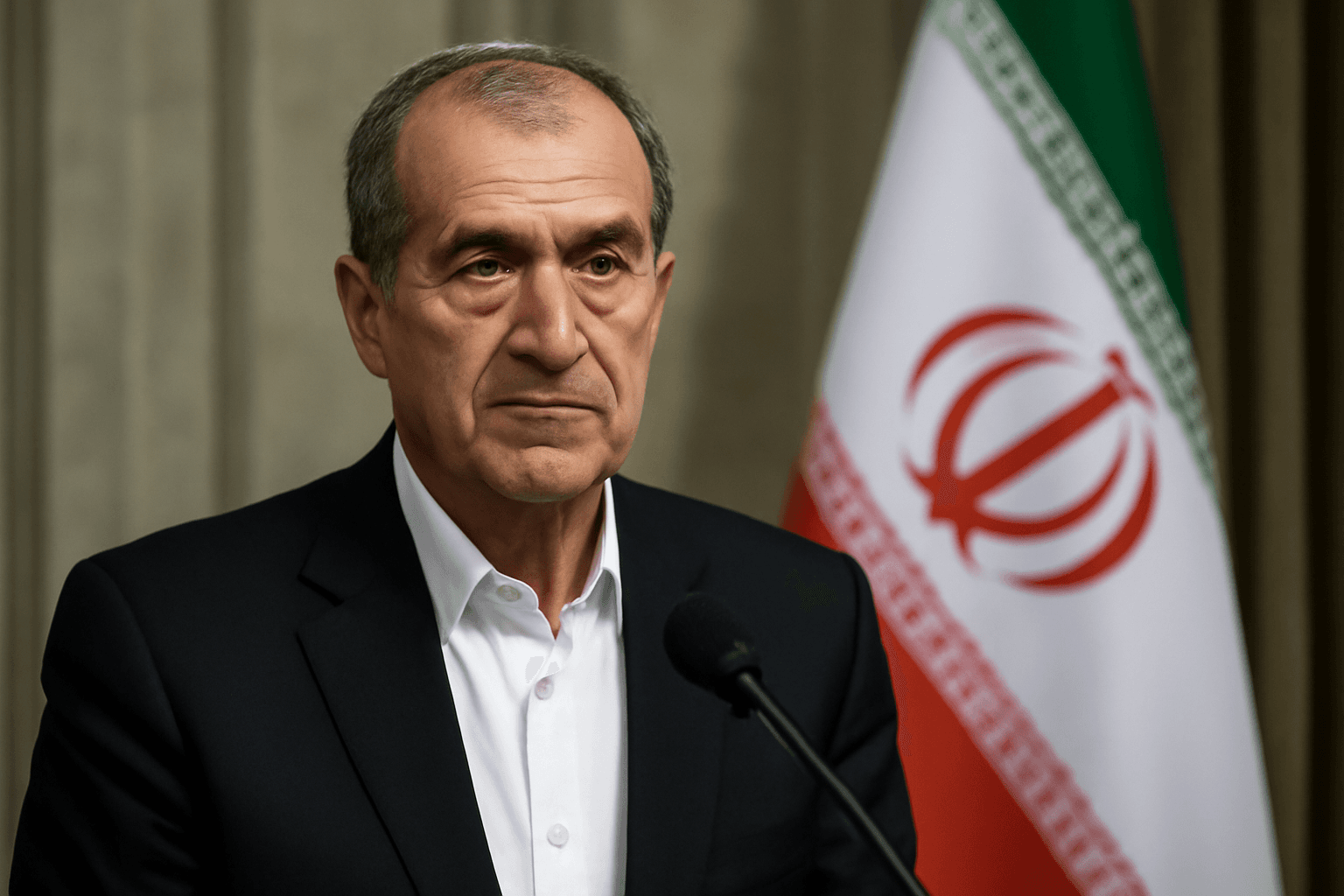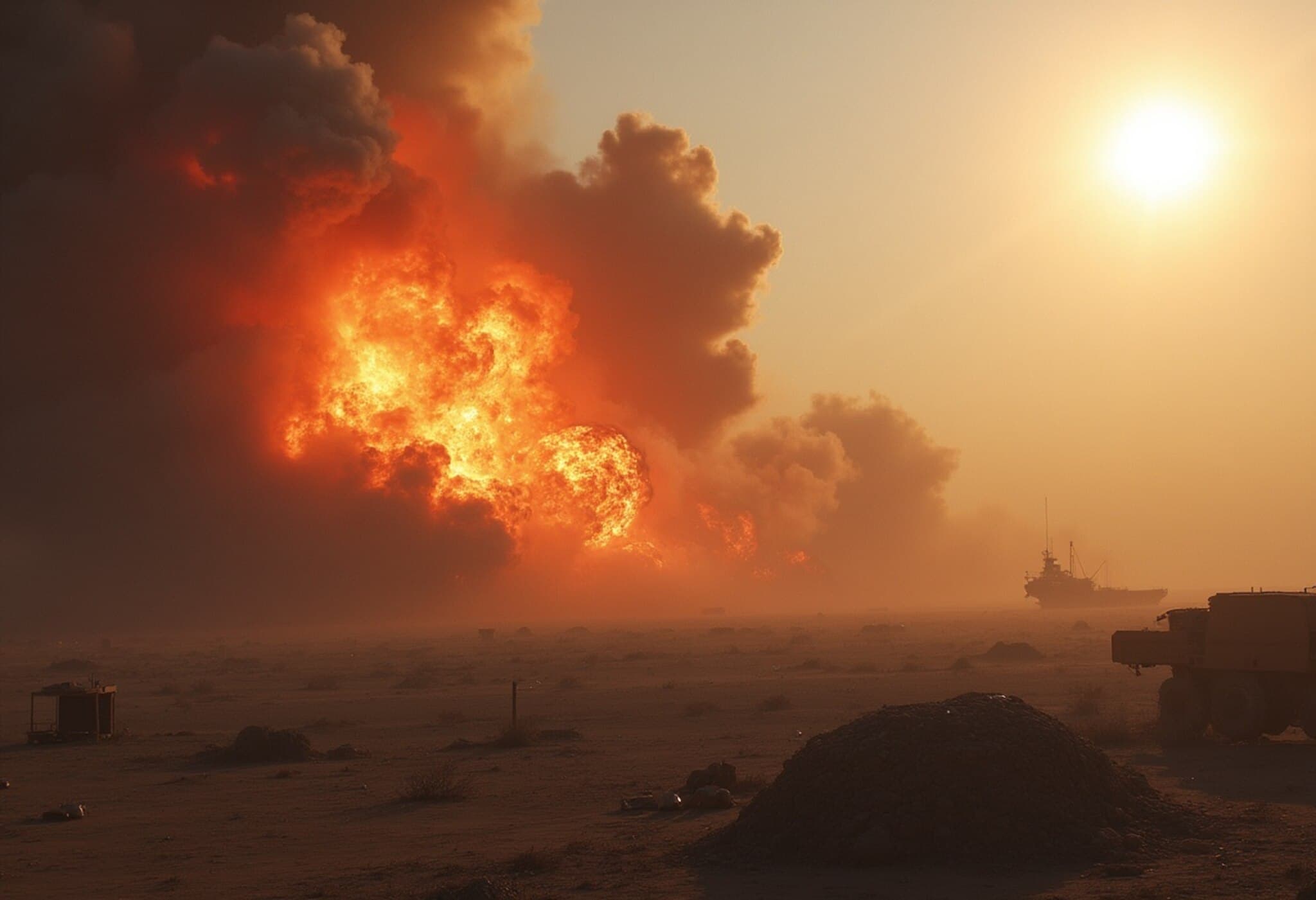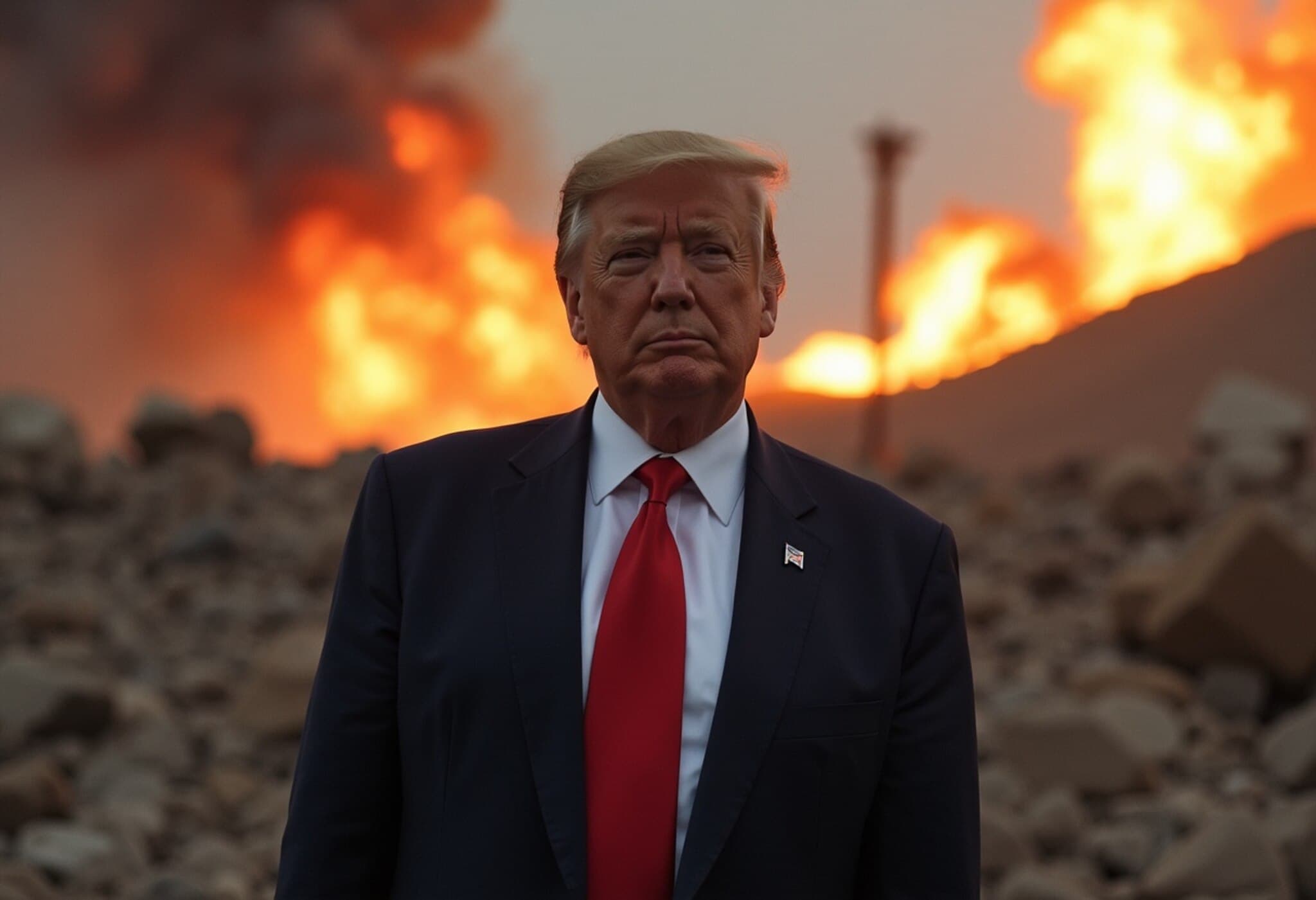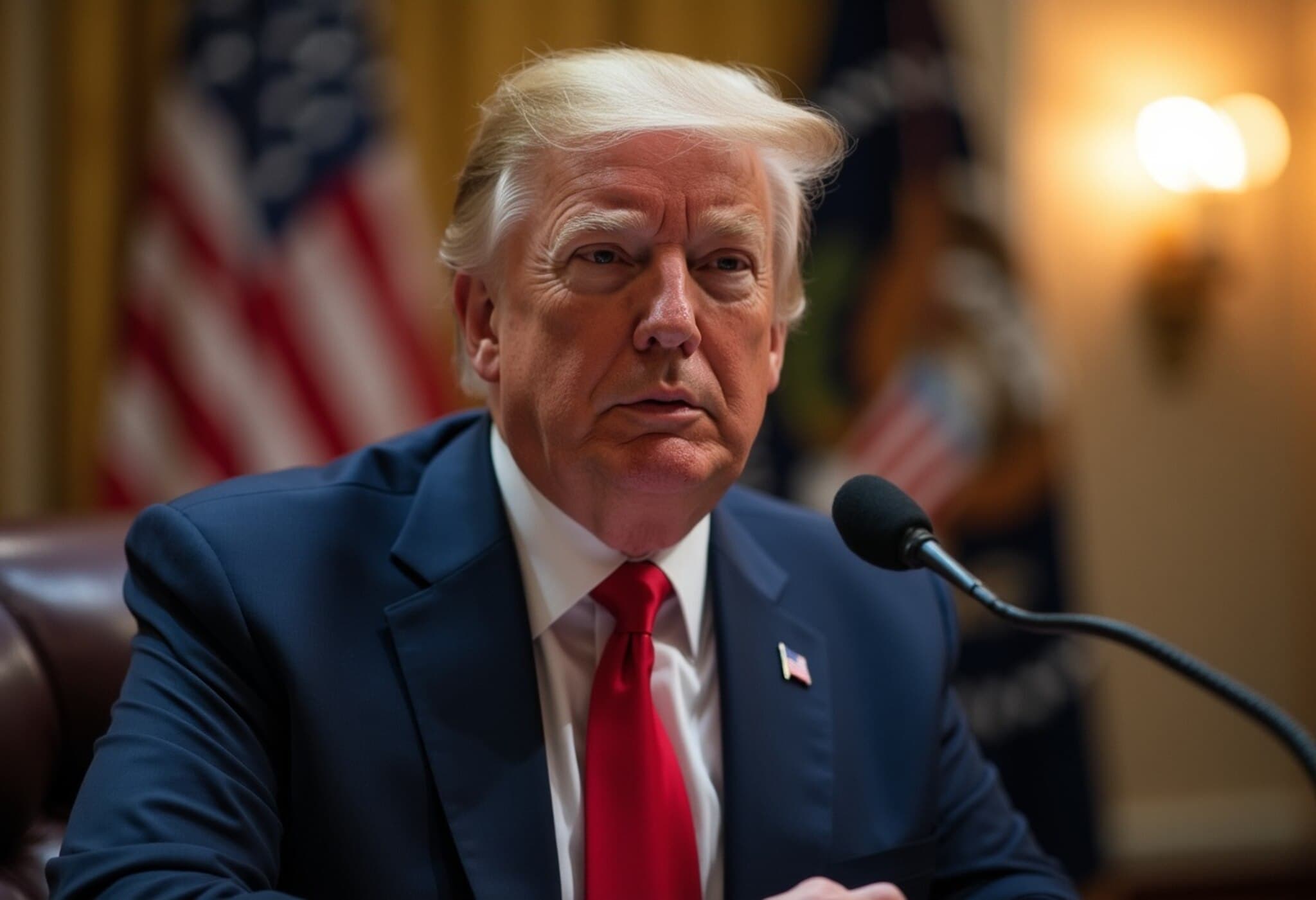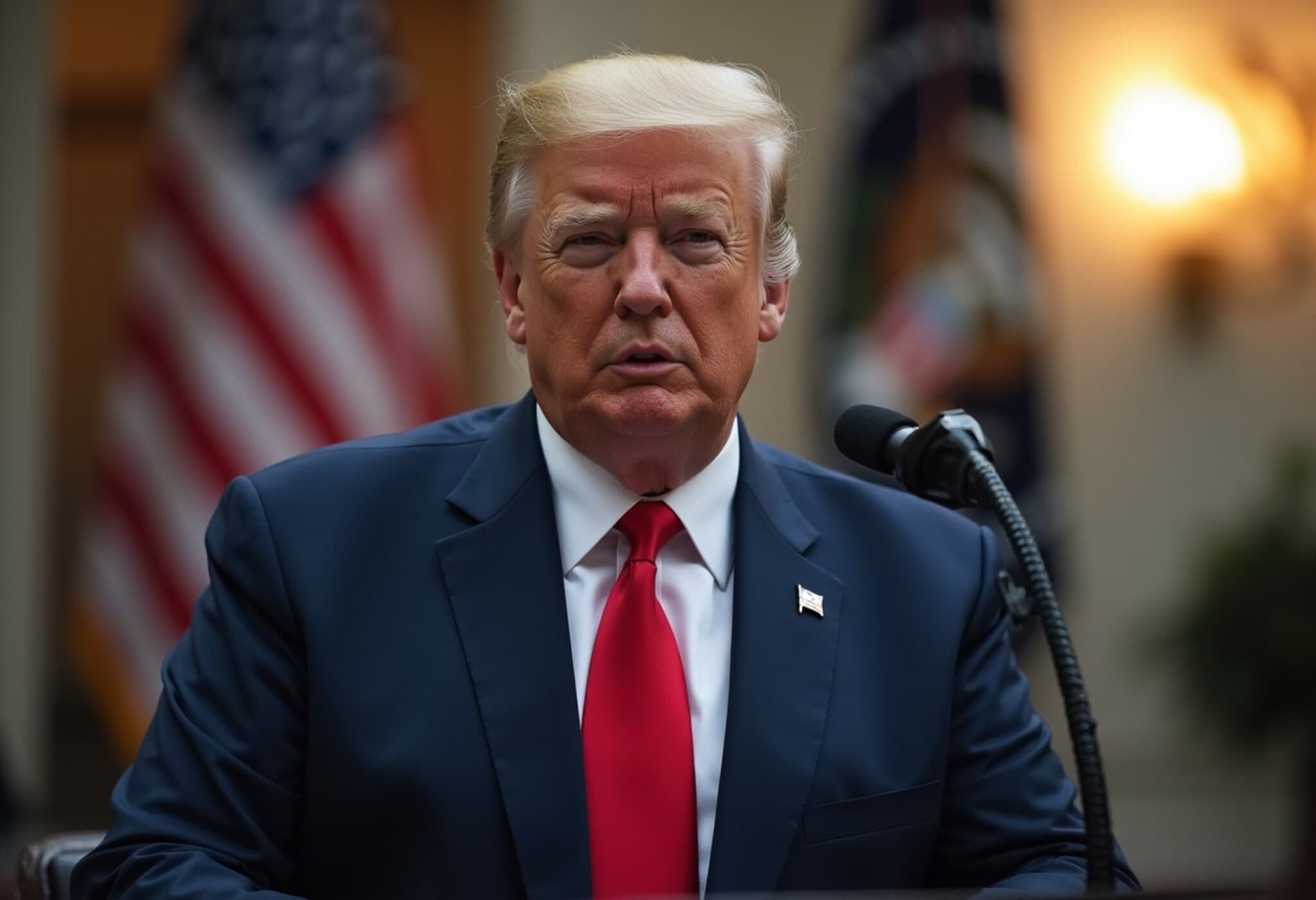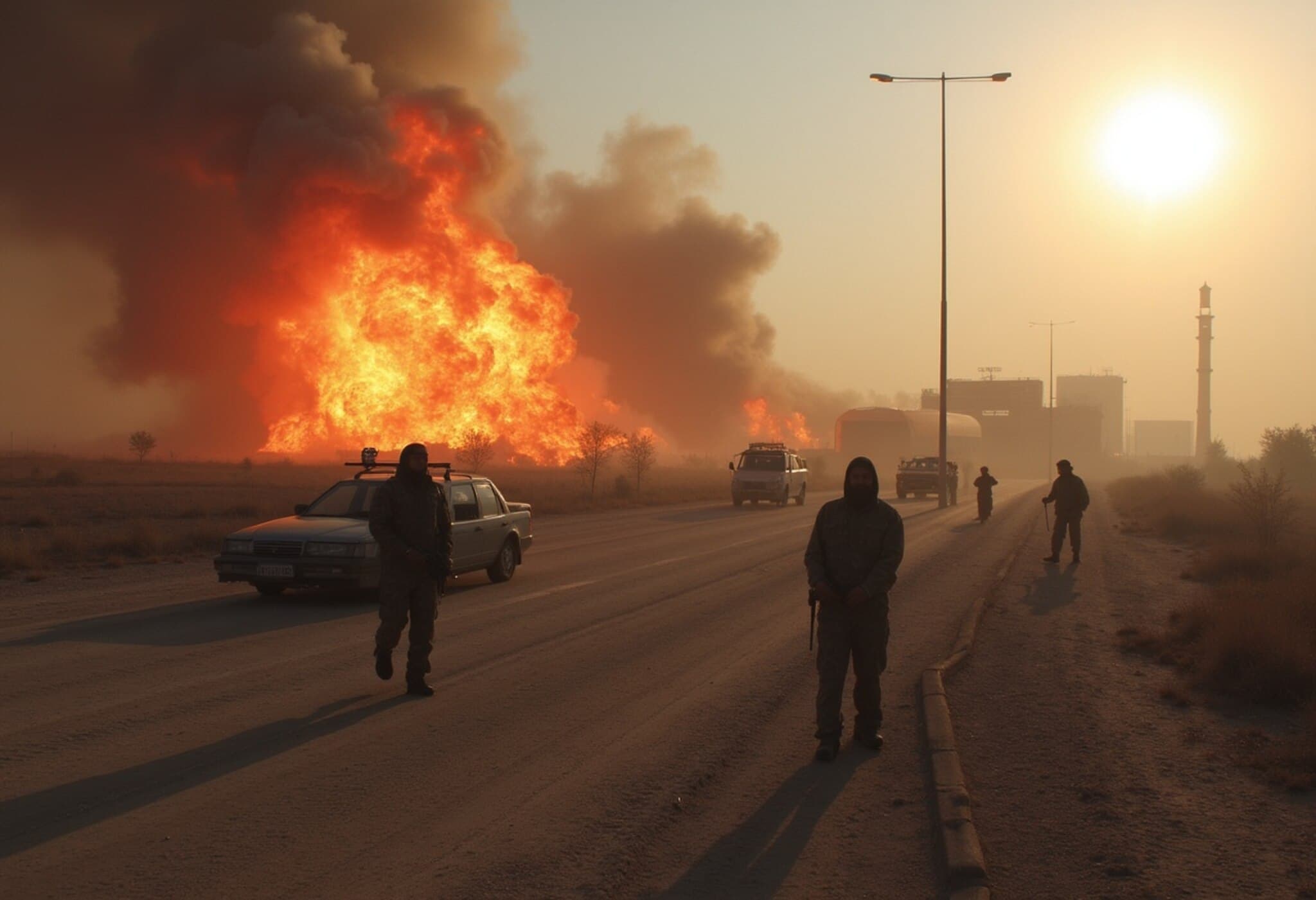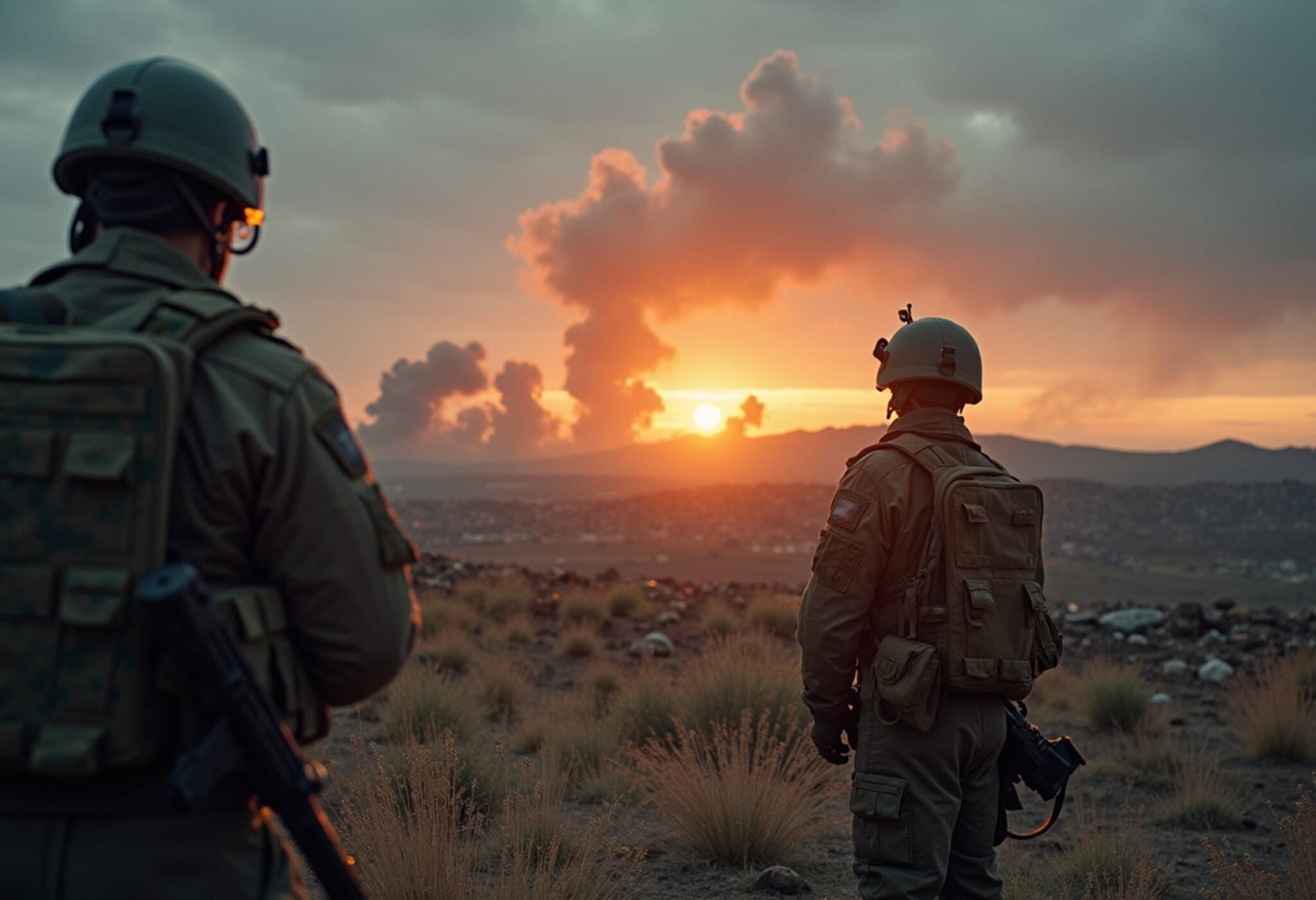US Military Strikes Challenge Limits of Hard Power Against Iran's Nuclear Ambitions
Recent US strikes targeting Iran's nuclear facilities have sparked intense debate about the effectiveness of military force in curbing nuclear proliferation. President Donald Trump claimed these operations "obliterated" key nuclear sites, including the underground enrichment plants at Natanz and Fordow, seemingly delivering a heavy blow to Tehran’s atomic capabilities.
Restricting Iran’s Nuclear Program: A Daunting Task
Despite the destruction of physical infrastructure, experts argue that military strikes alone cannot erase decades of scientific knowledge Iran has accumulated. According to multiple sources, the country’s advancements in uranium enrichment present a major challenge to non-proliferation efforts.
Western authorities have long cautioned that while physical facilities can be damaged, the expertise embedded within Iran’s nuclear program remains intact, giving Tehran the ability to rebuild swiftly. This concern is compounded by Iran's significant uranium stockpile and technological progress since the US withdrew from the 2015 nuclear agreement.
Uranium Enrichment Levels Far Exceed Prior Limits
- Until the first Israeli strikes in mid-June, Iran refined uranium to approximately 60% purity, close to the nearly 90% needed for weapons-grade material.
- This enrichment level drastically surpasses the 3.67% cap outlined in the 2015 nuclear deal.
- According to the United Nations nuclear watchdog’s May 31 report, Iran's enriched uranium stockpile at this level could fuel up to nine nuclear weapons, with additional quantities enriched to lower levels.
Following US strikes on enrichment sites and the Isfahan facility—which reportedly housed much of Iran’s highly enriched uranium underground—the actual impact on Iran's uranium stock remains uncertain. Iranian officials indicated that some enriched uranium was relocated to undisclosed locations prior to the attacks.
Concerns Over Iran’s Cooperation with International Inspectors
Iran has announced intentions to limit cooperation with the International Atomic Energy Agency (IAEA), including withholding certain nuclear activities from inspections. The IAEA has not conducted inspections since the initial Israeli strikes and maintains contact with Tehran amid rising tensions.
Tehran’s possible withdrawal from the Nuclear Non-Proliferation Treaty (NPT) looms as a critical risk. Historically, North Korea’s 2003 exit and subsequent nuclear tests underline the potential consequences of such a move. European diplomats express fears that military pressure might push Iran towards pursuing nuclear weapons, rather than deterring them.
The Uncertainty of Iran’s Nuclear Future
Though Iran insists its nuclear ambitions remain peaceful and within its rights, the trajectory remains ambiguous. The reduction in IAEA oversight after the US exit from the 2015 pact has made monitoring more difficult, with possible undisclosed uranium enrichment sites adding to the complexity.
A Western source cautioned that if Iran had to restart its program from scratch, it could potentially regain its previous capabilities within a few months. The existence of secret enrichment facilities remains a serious concern.
Conclusion: Military Strikes Delay, But May Not Derail Iran’s Nuclear Program
While US and allied military actions have temporarily set back Iran’s nuclear development, the long-term implications suggest that such hard power measures might only deepen Tehran's resolve. With technological expertise preserved and stockpiles largely intact, the challenge of preventing Iran’s nuclear weaponization remains complex, underscoring the limitations of force in addressing proliferation.

